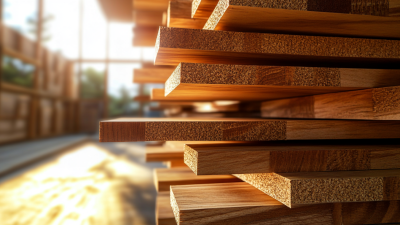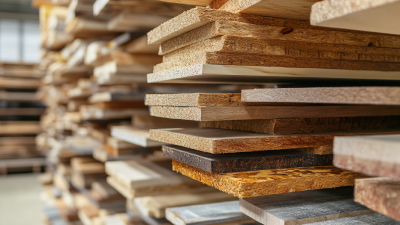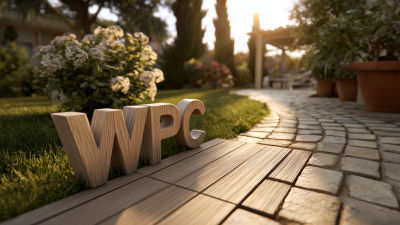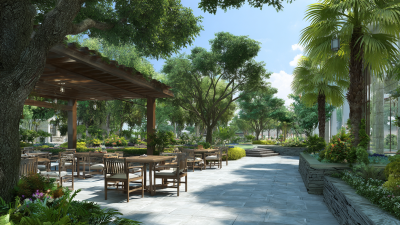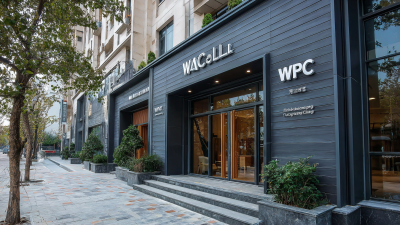Shandong Xiangying New Materials Technology Co., Ltd.
Shandong Xiangying New Materials Technology Co., Ltd.
In the ever-evolving landscape of construction, the advent of innovative materials is crucial to enhancing project efficiency. Among these, Paneles WPC (Wood-Plastic Composites) have emerged as a game changer, combining the aesthetic appeal of wood with the durability of plastic. According to a recent report by MarketsandMarkets, the WPC market is projected to reach USD 9.5 billion by 2024, growing at a CAGR of 11.04% from 2019 to 2024. This growth underscores the increasing adoption of Paneles WPC in various applications, from decking to interior finishing. The unique properties of Paneles WPC, including moisture resistance, low maintenance, and sustainability, make them an attractive option for construction projects aiming to optimize both time and cost. As industry professionals seek out materials that meet the demands of modern building practices, understanding the transformative impact of Paneles WPC becomes essential for achieving efficient construction outcomes.
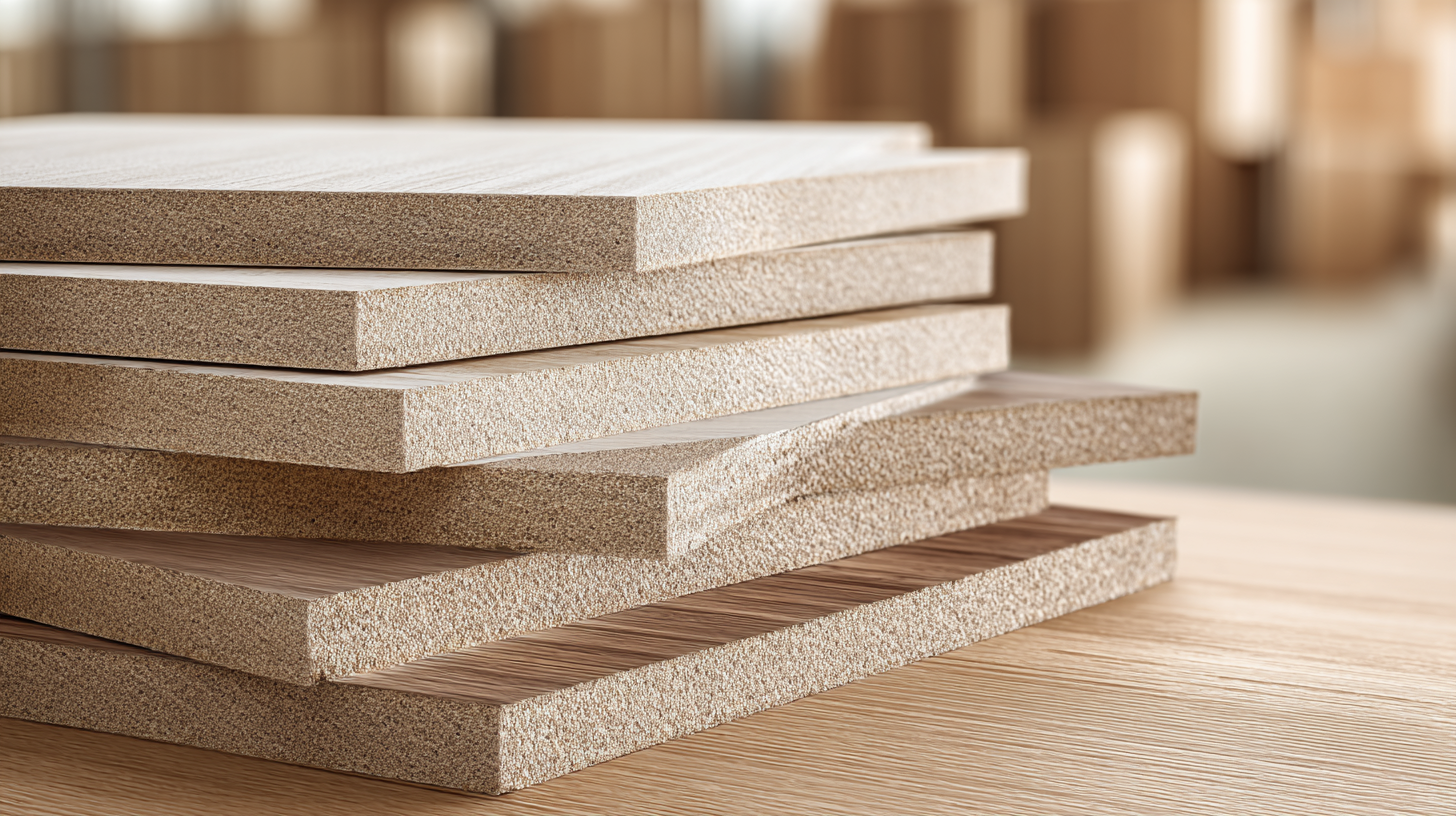
WPC panels, or wood-plastic composite panels, are transforming the landscape of modern construction through their unique blend of durability and versatility. One of the primary benefits of using WPC panels is their resistance to moisture, warping, and pests, which are common issues in traditional materials. This durability translates to reduced maintenance costs over time, allowing for longer-lasting structures without the constant need for repairs. Furthermore, these panels are lightweight, making them easier to handle and install, thus streamlining the construction process and reducing labor costs.
In addition to their practical benefits, WPC panels are also environmentally friendly. Made from recycled wood fibers and plastic, they contribute to sustainability in construction practices. This not only meets the growing demand for eco-conscious building materials but also appeals to clients looking to minimize their environmental impact. Moreover, WPC panels can be easily customized in terms of design and finish, offering architects and builders a wide range of aesthetic options to suit modern architectural styles. This combination of efficiency, sustainability, and versatility makes WPC panels a game changer in contemporary construction projects.
WPC panels, or Wood Plastic Composite panels, are transforming the construction industry by streamlining project timelines significantly. These innovative materials are designed for quick and straightforward installation, minimizing downtime on job sites. Unlike traditional building materials that often require extensive preparation and finishing, WPC panels can be cut, shaped, and fitted with ease, allowing contractors to expedite processes and meet deadlines more efficiently.
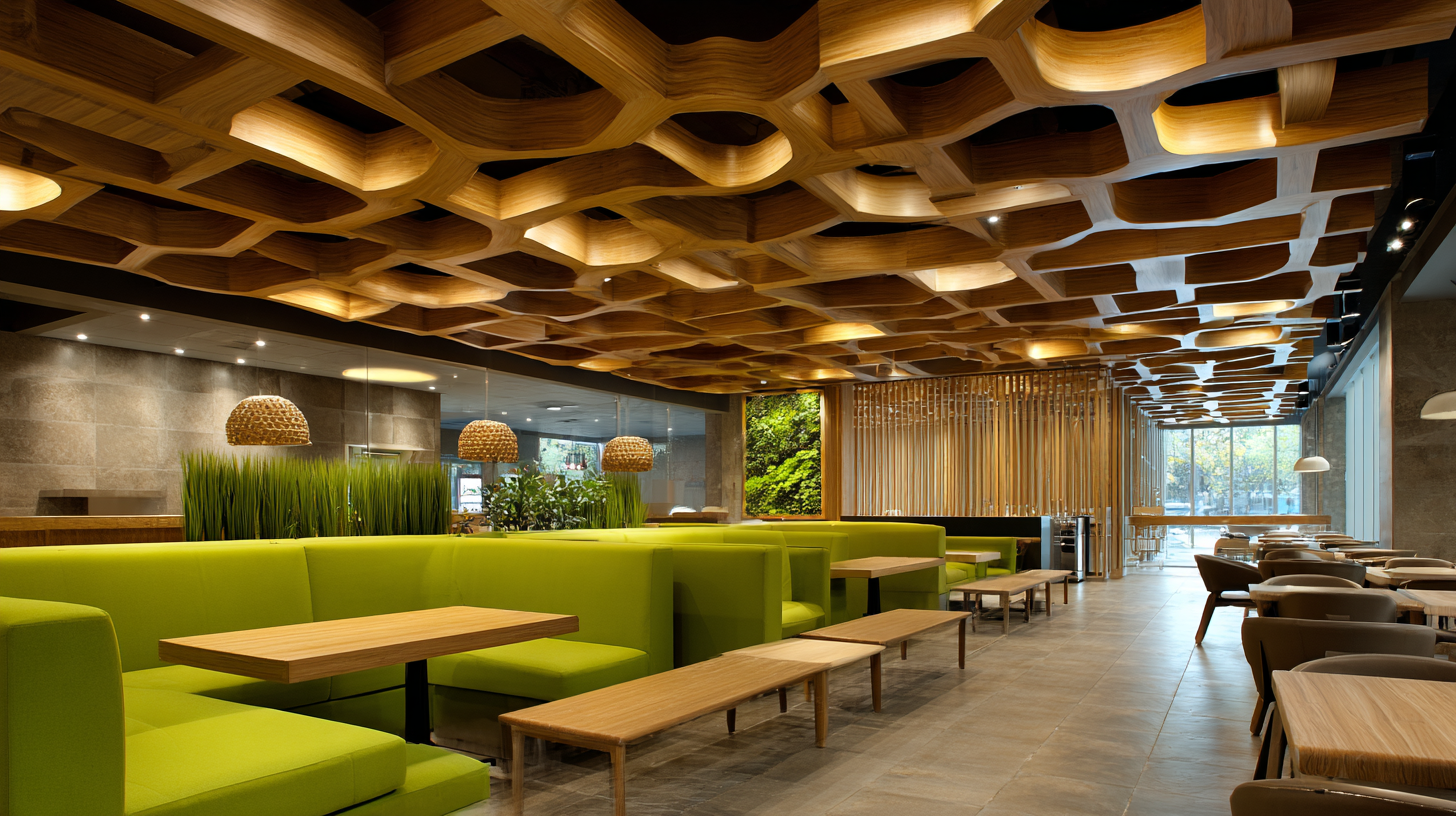
Furthermore, the versatility of WPC panels enhances project adaptability. Their lightweight nature means they can be transported and handled more easily than heavier materials. This transportability not only speeds up the installation but also reduces labor costs, enabling teams to focus on other critical aspects of the project. As builders increasingly recognize the advantages of WPC panels, they are becoming the go-to choice for modern construction, ensuring projects are completed faster without compromising quality or design aesthetics.
In recent years, Wood Plastic Composite (WPC) panels have emerged as a game-changer in construction projects, particularly when it comes to cost-effectiveness. According to a report by MarketsandMarkets, the global WPC market is projected to grow from $4.65 billion in 2020 to $7.88 billion by 2025, reflecting a significant shift towards more sustainable materials. One major advantage of WPC panels is their durability and resistance to moisture and pests, which leads to reduced maintenance costs over the lifespan of a building. Construction professionals report that integrating WPC panels can lower project expenses by up to 30% compared to traditional materials, providing a compelling incentive for builders looking to maximize profitability.
Tip: When planning your project, conduct a thorough cost analysis to compare the initial investment in WPC panels versus the long-term savings on maintenance and replacement. This holistic view can aid in making informed decisions that enhance your construction budget.
Another critical factor contributing to the cost-effectiveness of WPC panels is their faster installation time. A study by the American Society of Civil Engineers highlighted that using pre-fabricated WPC solutions can save up to 25% in labor costs, enabling projects to adhere to tighter schedules without overspending. With builders constantly seeking efficiency, this time-saving aspect makes WPC panels an attractive option.
Tip: Collaborate with suppliers who offer comprehensive installation services to maximize the benefits of WPC panels. Ensuring that your team is well-trained in the nuances of WPC installation can further boost project efficiency.
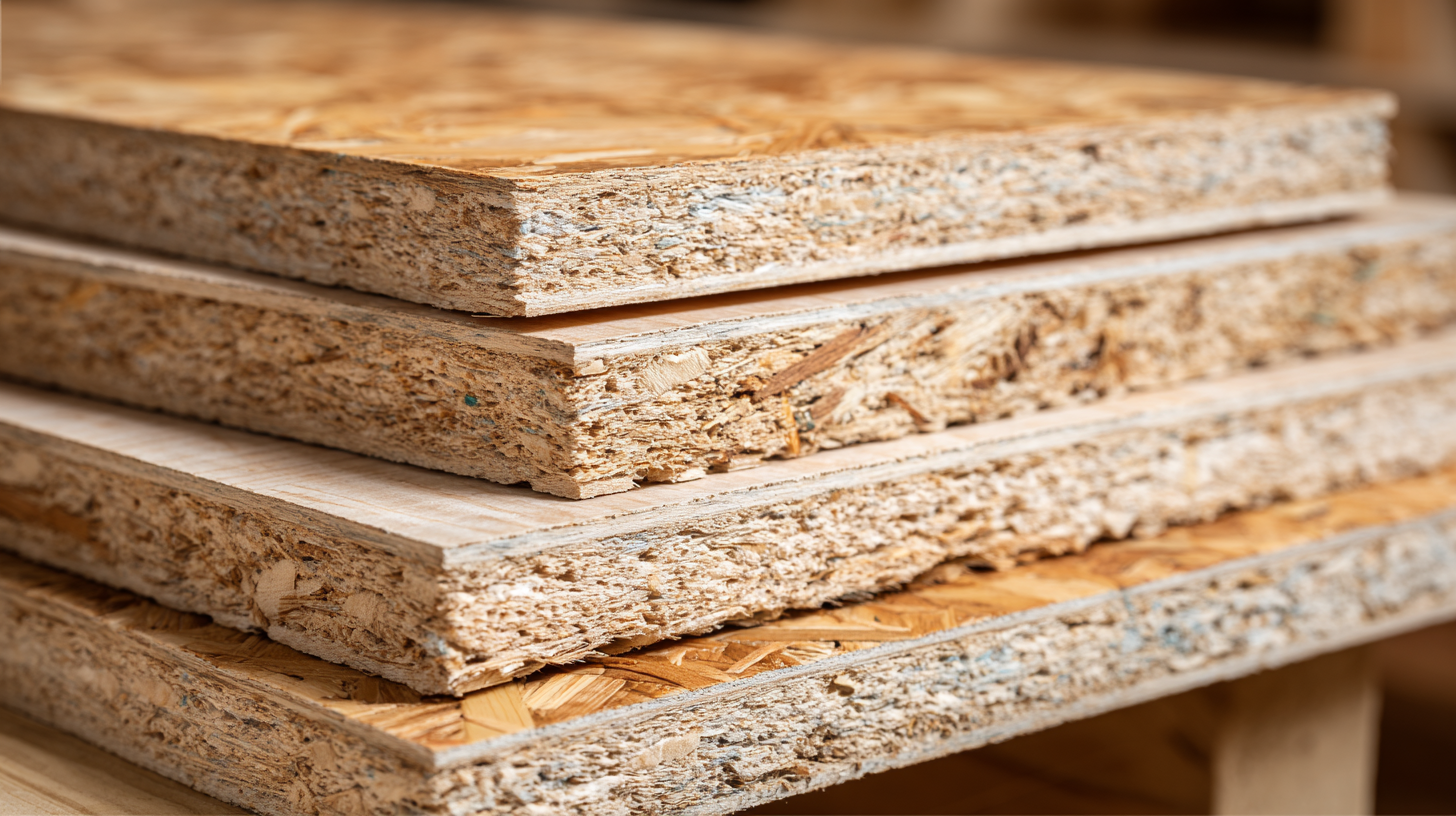
WPC (Wood Plastic Composite) panels have emerged as a transformative material in construction, particularly in enhancing durability and reducing maintenance expenses. Unlike traditional materials, WPC panels are engineered to withstand harsh weather conditions, resist rot, and deter pests, making them an ideal choice for both exterior and interior applications. This inherent durability allows construction projects to reduce the frequency of repairs and replacements, ultimately extending the lifespan of the structures.
In addition to their long-lasting attributes, WPC panels also simplify maintenance processes. Their smooth surface and resistance to staining mean that regular upkeep requires minimal effort—often just a simple wash with water and mild detergent. This efficiency not only saves time for contractors and property owners but also reduces the overall costs associated with maintenance services. As a result, WPC panel systems not only streamline construction processes but also ensure that buildings remain in excellent condition with far less intervention.
The global Wood Plastic Composites (WPC) market is gaining momentum, driven by a significant shift towards sustainable construction practices. With its market value expected to reach USD 10 billion by 2029, WPC is at the forefront of eco-friendly building materials. This growth is complemented by an anticipated compound annual growth rate (CAGR) of 12.2%, propelling the market from USD 8.06 billion in 2024 to an estimated USD 20.25 billion by 2032. WPC panels, in particular, are increasingly recognized for their ability to combine durability with aesthetic appeal while minimizing environmental impact.
The adoption of WPC panels in construction projects aligns with the global emphasis on reducing reliance on traditional wood sources. This shift not only conserves forests but also encourages the recycling of wood waste, as seen in sectors like furniture manufacturing. Innovative companies are creating high-performance structural WPC products that offer superior strength and stability, making them ideal for various applications, from wall panels to decking systems. This transition towards sustainable materials signifies a broader commitment to eco-conscious building practices and positions WPC panels as a pivotal component in the future of construction.
| Features | Benefits | Sustainability Impact |
|---|---|---|
| Lightweight Material | Easier handling and transportation | Reduces carbon footprint during transport |
| Durability | Long-lasting, low maintenance required | Lowers the need for frequent replacements |
| Water Resistance | Suitable for wet environments | Preserves integrity in moisture-prone areas |
| Thermal Insulation | Energy-efficient buildings | Reduces energy consumption for heating/cooling |
| Versatile Design | Customization options for aesthetics | Encourages use of renewable materials |
| Recyclability | Can be repurposed or recycled | Promotes a circular economy |
| Fire Resistance | Enhances safety measures | Reduces potential fire hazards |
| Cost-Effectiveness | Lower lifetime costs due to durability | Minimizes waste and resource use |
| Low Toxicity | Safer for indoor air quality | Protects health and reduces emissions |
| Minimal Maintenance | Saves time and labor costs | Contributes to resource conservation |
